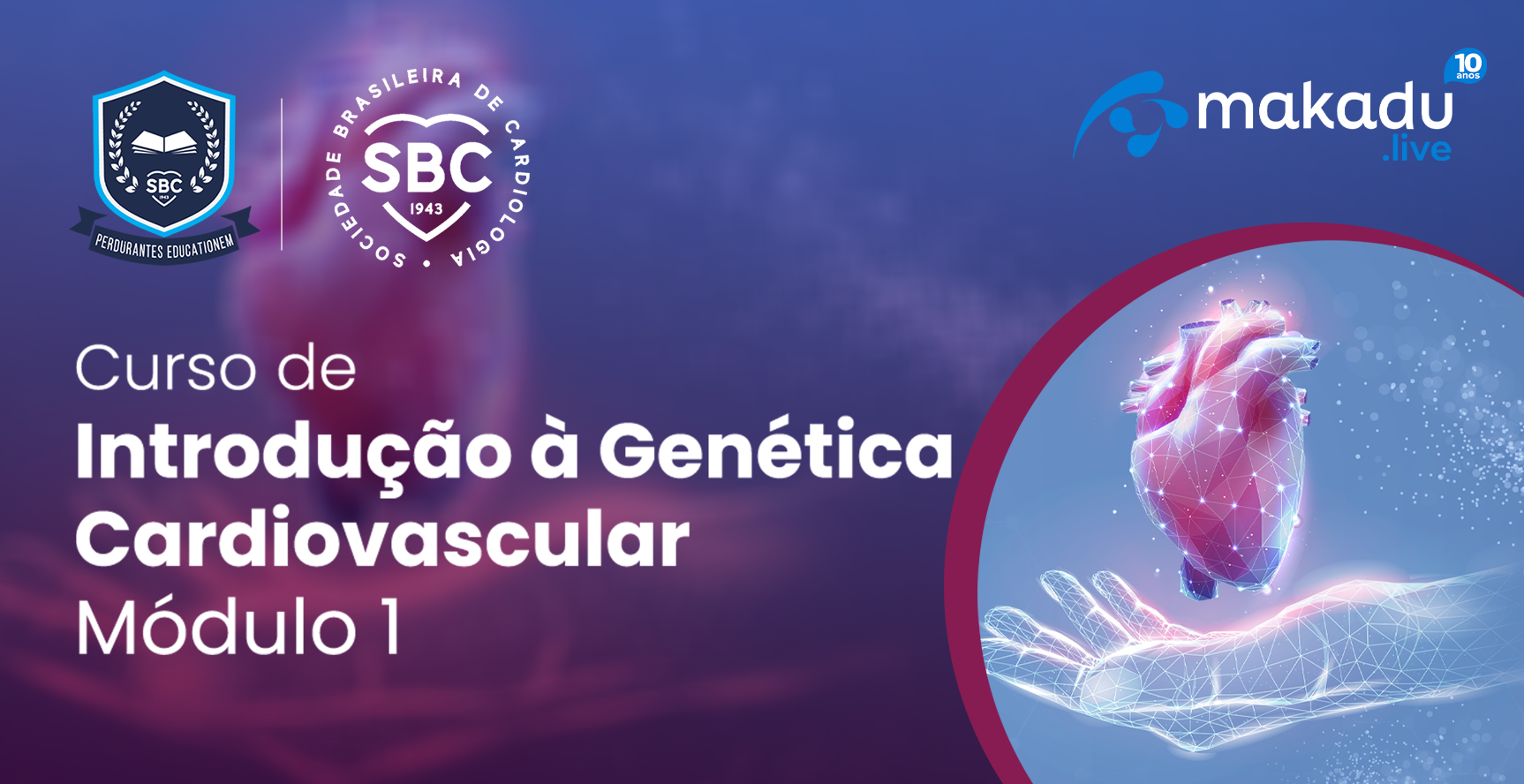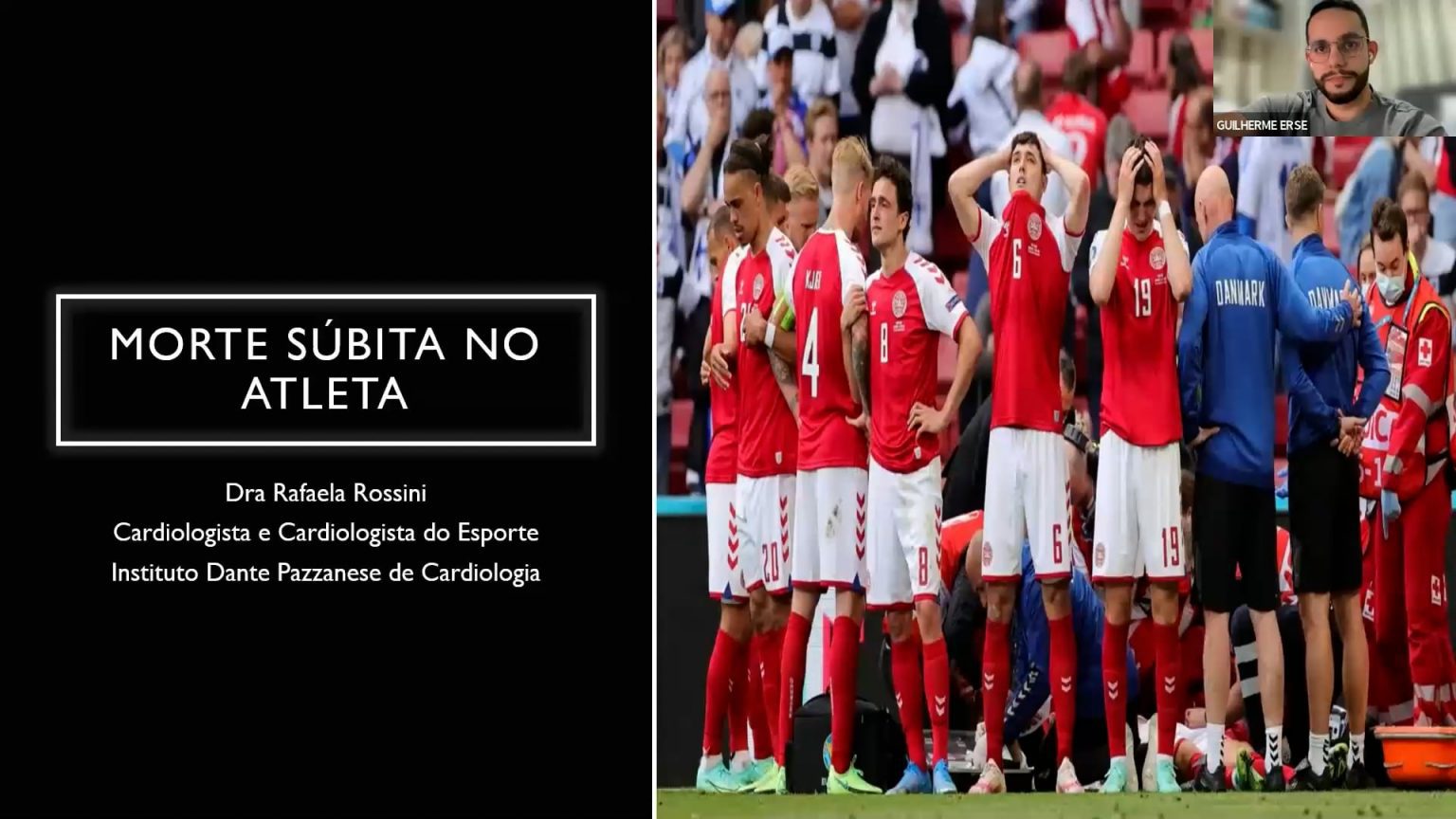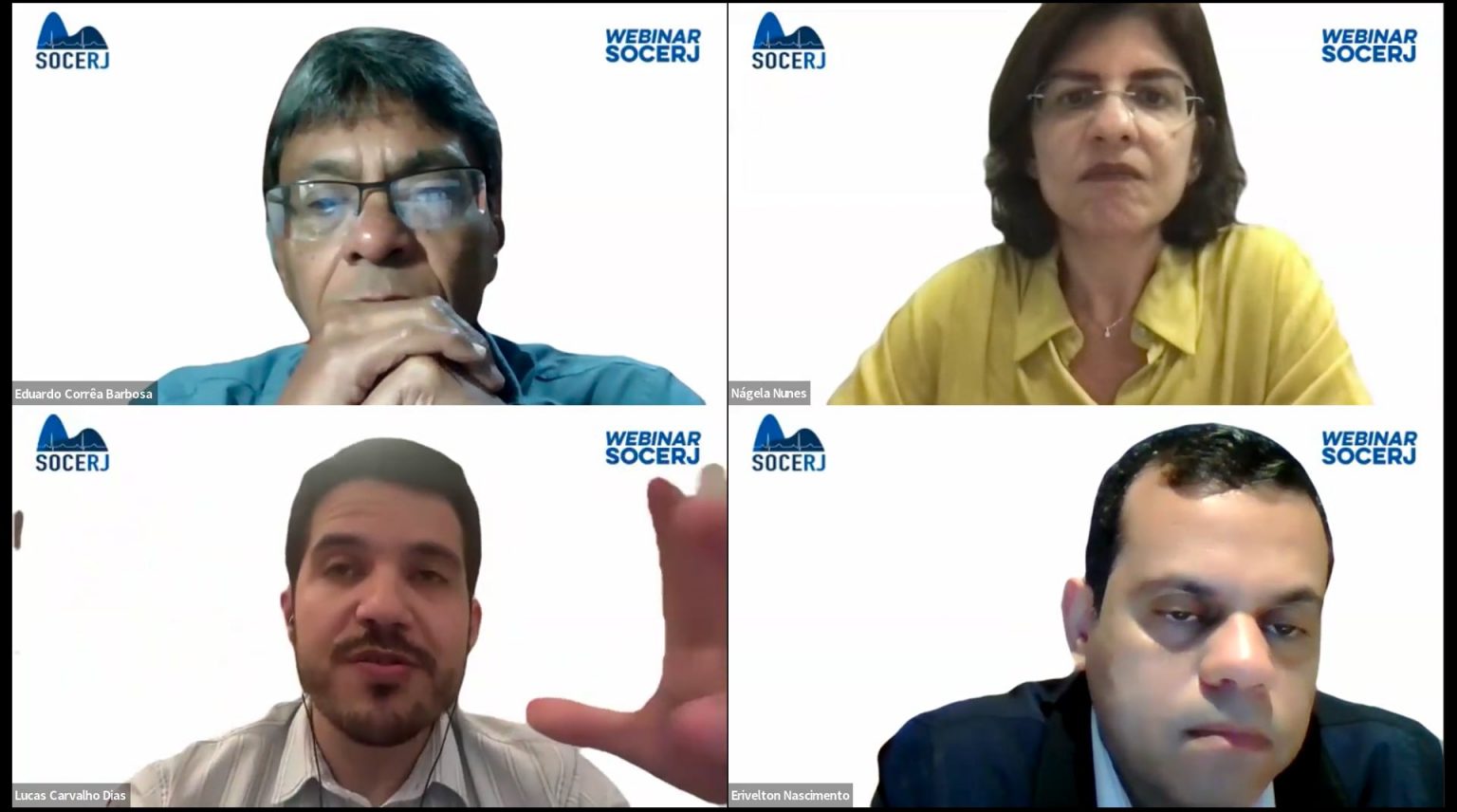Artigo
Predictors of Long-Term Outcomes in Asymptomatic Patients With Severe Aortic Stenosis and Preserved Left Ventricular Systolic Function Undergoing Exercise Echocardiography
ABSTRACT
Background: In asymptomatic patients with severe aortic stenosis and preserved left ventricular ejection fraction, we sought to assess incremental prognostic utility of exercise stress echocardiography.
Methods and Results: We studied 533 such patients (age, 66±13 years; 78% men; 31% with coronary artery disease) who underwent exercise stress echocardiography between 2001 and 2012. Clinical, echocardiographic, and exercise variables (metabolic equivalents [METs], % of age–sex–predicted METs and heart rate recovery at first minute post exercise) were recorded. The end point was all-cause mortality. The Society of Thoracic Surgeons score, left ventricular ejection fraction, mean resting aortic valve (AV) gradient, indexed AV area, METs, and heart rate recovery were 2.9±3%, 58±4%, 35±11 mmHg, 0.47±0.1 cm2/m2, 7.8±3, and 26±12 bpm, respectively. Only 50% achieved >100%, whereas 26% achieved <85% age–sex–predicted METs. There were no major exercise stress echocardiography-related complications. Over 6.9±3 years, 341 (64%) underwent AV replacement (54% isolated), and there were 104 (20%) deaths. On multivariable Cox proportional hazard survival analysis, a higher Society of Thoracic Surgeons score (hazard ratio, 1.21), lower % age–sex–predicted METs (hazard ratio 1.15), and slower heart rate recovery (hazard ratio, 1.22) were associated with higher longer-term mortality, whereas AV replacement (time-dependent covariate, hazard ratio, 0.26) was associated with improved survival. The addition of % age–sex–predicted METs to the Society of Thoracic Surgeons score resulted in significant reclassification of longer-term mortality risk (integrated discrimination index, 0.07 [0.03–0.11; P<0.001).
Conclusions: In asymptomatic patients with severe aortic stenosis and preserved left ventricular ejection fraction undergoing exercise stress echocardiography, a lower % of age–sex–predicted METs and slower heart rate recovery were associated with longer-term mortality, whereas AV replacement was associated with improved survival. (Circ Cardiovasc Imaging. 2016;9:e004689. DOI: 10.1161/CIRCIMAGING.116.004689.)
Key Words: aortic valve stenosis, echocardiography, exercise, metabolic equivalent, outcome measures
Compartilhar em:
Comentários
Cursos Relacionados
0
Conteúdos Relacionados
Comentários
Deixe um comentário Cancelar resposta
Você precisa fazer o login para publicar um comentário.












